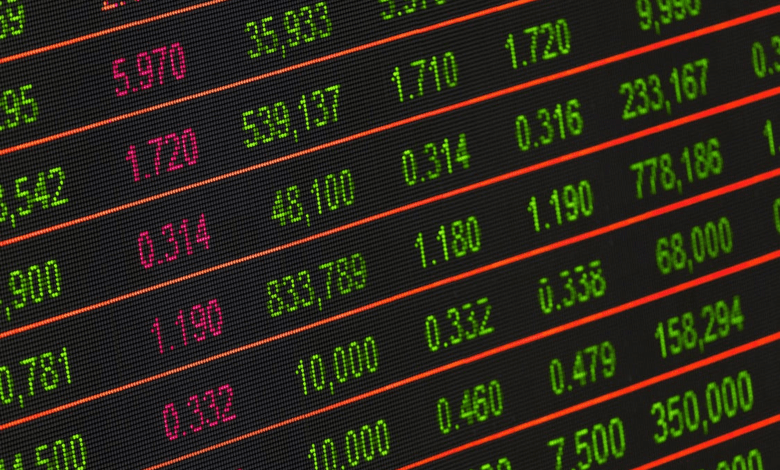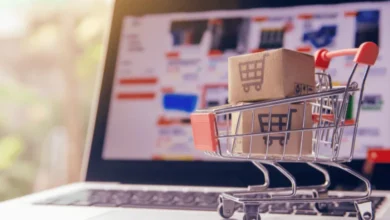How to trade: a complete generalized guide for beginners

Different currencies have different values depending on many factors from purely economical to global. The variations of values create a wide field for people who are interested in trading. If you want to start trading, but can’t imagine the process step by step due to its complexity, read the information below and start your way to pro trading.
What’s trading?
This process suggests exchanging (or selling and buying) particular units to get some profit. We say units here to emphasize that trading is not only about currencies. You can trade almost anything, e.g.:
- resources – both produced goods and raw materials can be the point of trade, and it begins with natural resources like crude oil and ends with sophisticated chips for electronic devices;
- shares – company equities that allow you to be a part of its benefits or losses;
- index trading – when you speculate with statistical measures of the current state of a specific group of assets (covers larger ‘space’ than stocks of a particular enterprise).
These things, including foreign exchange and cryptocurrency, are trading instruments. Before you start, it’s necessary to choose an instrument to trade and a broker through which you will place orders.
Trading process step by step
When you only start, it’s better to use some instruments until you realize how they work. One of the basic instruments is forex (foreign exchange).
The process itself understands the following steps:
- Choose a pair – the two currencies that you will speculate with. For instance, one of the most popular pairs is the euro and the US dollar.
- Second, decide if you will buy a currency or sell it – it depends on what fluctuations you observe or predict in the market. As the currencies rise, it’s logical to buy them, and vice versa. You sell or buy the first currency in your pair.
- Define the size – how much do you want to trade? There are three possible lot sizes: basic (100 thousand units), mini (10 thousand), and micro (1 thousand).
- Launch your offer through a corresponding platform. You cannot participate in exchange directly, so you need a broker space where you can place your order.
- Watch the changes – keep an eye on circumstances to realize when to close an order to get benefits or not to incur losses.
- Close and conclude how beneficial your trade was.
As you can suppose, the trading activity suggests many background actions comparable to a full-day work schedule before you get some experience.
Trading is interesting and involving activity that implies as many benefits as risks. Of course, you try to realize this fully, but self-education is a much faster way to clarify everything. Use FBS education opportunities and develop your knowledge from any level.






